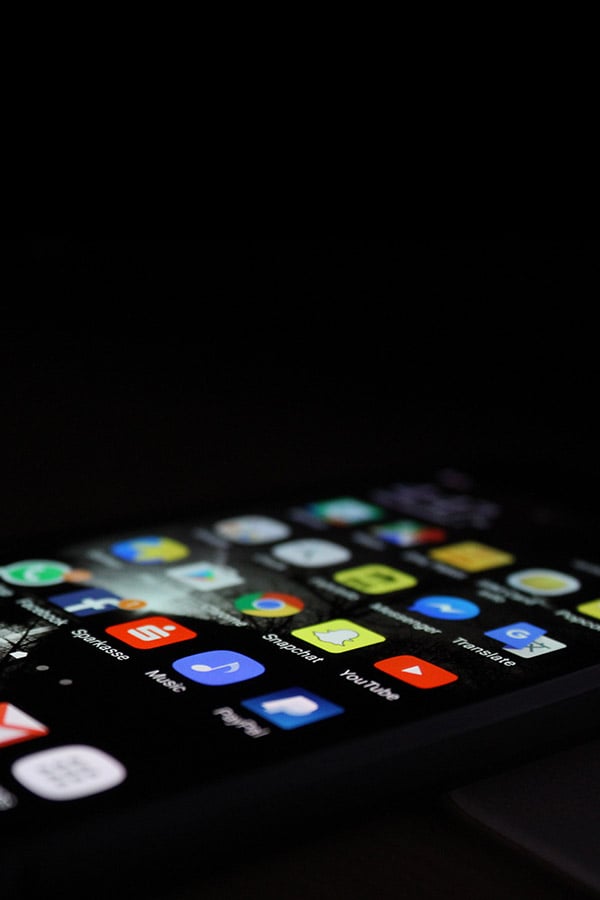[ad_1]
Pricing is a critical factor for any SaaS tech start-up, especially in those crucial first 3–6 months. Although our early access sign-ups phase closed in just two weeks, we didn’t really get a clear picture of how successful our pricing strategy could be.
Most SaaS tech companies usually charge their customers a subscription fee. However, we knew a subscription model wasn’t the best fit for our users (businesses) in Sri Lanka, especially in the influencer marketing industry. Why pay for something you might not use every month? We also wanted to position ourselves differently from traditional influencer marketing practices. We didn’t want to charge businesses a percentage of campaign cost as a management fee, as most agencies do. Charging influencers was also a no-go, as we didn’t want to hurt their earnings.
After much internal delibration, we came up with the idea of charging businesses per result. In this model, businesses would pay fluencr a nominal fee of 10–30 cents per impression, in addition to the influencer cost. It seemed fair — you only pay for what you get, and people seemed to be receptive of the idea. But we didn’t know if it was going to fly with businesses when impressions skyrocket.
Eventually, we realized it wasn’t a sustainable revenue generating model. The fluctuating nature of this model created problems in forecasting and budgeting. This also raised questions about our web application’s functionality in terms of how we handled payments and refunds. Pivoting seemed the best option.
This is where our early access sign ups phase became particularly useful. We were able to escape tunnel vision thanks to the insights we got out of this exercise. When we spoke to potential early adopters such as Softlogic, Roar, APIDM, Shift, and ADA, they all told us the same thing: although the solution is top-notch, and although it helps save time, effort, and increases efficiency, they still needed a human touch. They needed help with content strategy and campaign management. One person called it ‘managed services.’ And that’s when it hit me — why not close that gap too?
In a digital world, a human touch is invaluable. That’s when we decided to make our platform free and monetize the human element. Free is a powerful tool — it’s hard for any business to say no to a free platform. Here’s an interesting read about the behavioural bias and psychology on free.
According to Dan Ariely in his book Predictably Irrational, people change their behavioural patterns when something free comes along. Free isn’t just an indicator of price. It’s a powerful emotional trigger that’s often irresistible. Just look at this study done with chocolates. In the first scenario, people were offered a choice in buying deliciously decadent Lindt truffles at 15 cents per piece or less-tasty Hershey’s Kisses at 1 cent per piece. A 73% majority chose the yummy Lindt truffles. But in a second scenario, things went off the rails of logic. When the price of the Lindt truffles was reduced to 14 cents and the Hershey kisses were offered up free of charge, 69% of people chose the Hershey’s Kisses. The price difference between the two chocolates didn’t change! When “free” entered the equation, people just couldn’t escape its emotional pull — even if it meant foregoing the moment of bliss that is biting into a Lindt truffle. Source: Predictable Irrational, Dan Ariely
Quite a few tech companies are technically free to use. Think of Spotify, META, Twitter, Google. Their core product is free. They monetize in a way you wouldn’t traditionally think of. It became clear to us that monetizing the human element that our early adopters were asking for, was a no-brainer. We’re building an in-house team of specialists who can solve the human-related pain points that were brought up in these conversations with our early adopters. We offer businesses the opportunity to work with our experts who can help with content strategy for their influencer campaigns and also manage the campaigns.
This pivot allowed us to tap into a new revenue stream with agencies. Right from day one, we knew we were playing the long game, especially being bootstrapped. It wasn’t just about profits but providing the best experience and making a positive impact on the influencer landscape. Free, adds incredible value.
We’ve realized that making our product free also creates a massive barrier to entry for our competitors.
The key takeaway? While commitment to your ideas is essential, don’t be married to them. Stay open-minded and know when to pivot. As the saying goes, “It ain’t over till the fat lady sings.” I’m happy that we made this pivot before the official launch. I’ll update you on whether this idea paid off or ended up as a complete failure, three months post-launch.
Thanks for reading! — Shehan
Source link









![Can You Create a Wikipedia Page for Your Company? [Best Practices & Guidelines to Know] Can You Create a Wikipedia Page for Your Company? [Best Practices & Guidelines to Know]](https://i0.wp.com/imtools.pro/wp-content/uploads/2023/11/how-to-create-a-wikipedia-page.pngkeepProtocol.png?resize=150%2C150&ssl=1)
![How to Write a LinkedIn Recommendation in 2023 [Quick Tip + Examples] How to Write a LinkedIn Recommendation in 2023 [Quick Tip + Examples]](https://i0.wp.com/imtools.pro/wp-content/uploads/2023/11/write-linkedin-recommendation.pngkeepProtocol.png?resize=150%2C150&ssl=1)